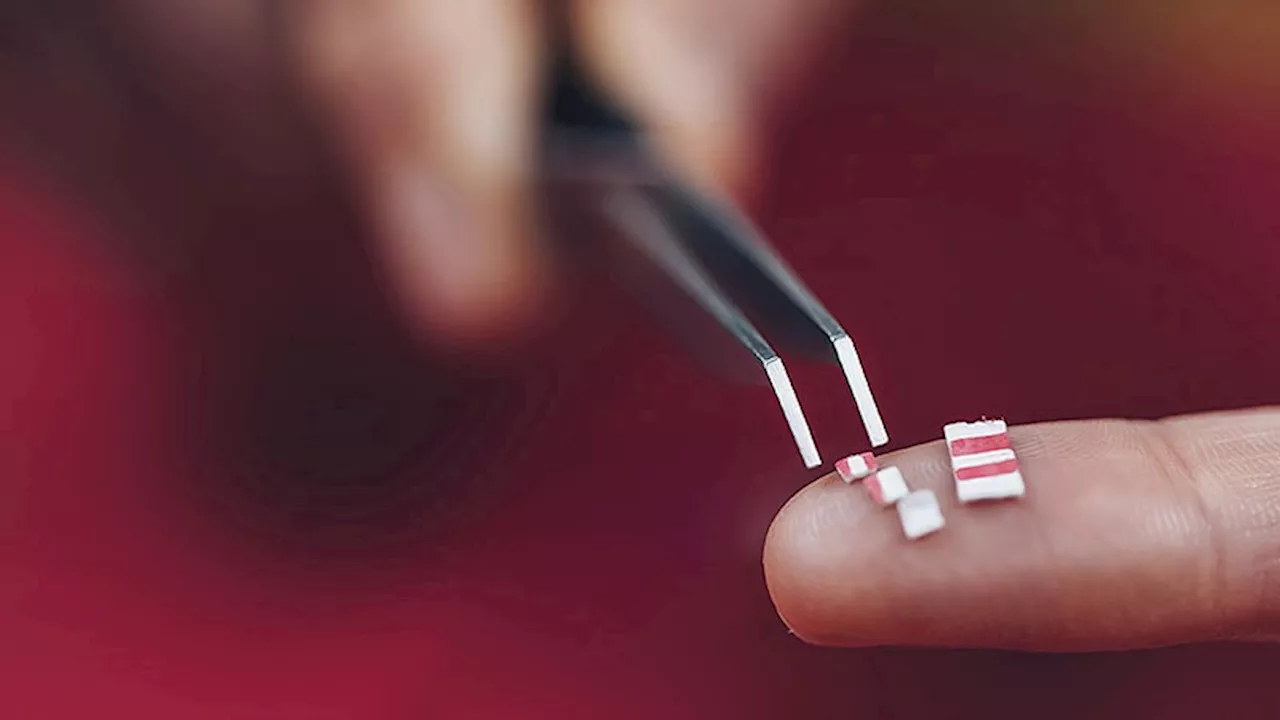Microdosing, the practice of taking small doses of psychedelics like LSD and psilocybin, is gaining popularity as a self-treatment method. Despite a lack of regulation and scientific consensus, people are turning to microdosing for various reasons, including enhanced creativity, improved mood, and self-medication for mental health conditions. This article explores the motivations behind microdosing, its potential benefits and risks, and the ongoing research surrounding this controversial practice.
What a long, strange trip it’s been. Once used solely for spiritual and religious purposes and, over time, in recreational settings, psychedelics like lysergic acid diethylamide ( LSD ) and psilocybin are increasingly becoming part of the toolbox for the rapidly growing self-treatment movement of microdosing.
Microdosing is the practice of taking repeated small doses of psilocybin or LSD, sometimes in combination with other substances like lion’s mane mushrooms, niacin, and/or N,N-dimethyltryptamine. Data from a survey of more than 8000 respondents in 84 countries showed that more than 50% of people who microdosed psilocybin reported “stacking” with other supplements to enhance its overall effects, especially creativity and learning. With the exception of the Netherlands, where psilocybin truffles can be purchased legally over the counter, microdosing is unregulated and illegal across the European Union. However, this has not stopped people who swear by its benefits and who rely on Reddit forums and trusted friends to guide them through practicalities like sourcing, dosage, and regimens. There is a lot that remains unclear about psychedelics, especially regarding their side effects and whether their alleged benefits can be supported by scientific evidence. Despite the uncertainty, microdosing appears to be here to stay with or without the blessing of the clinical community. Here’s what you need to know.“The interesting part about microdosing is that the most unexpected people engage in it. In other words, they don’t fit into what people typically think of when they think of drug users,” said Ioana Pop, PhD, assistant professor of sociology and researcher in microdosing at Tilburg University in Tilburg, the Netherlands.“The literature is very clear that the reasons why people engage in microdosing are for self-enhancement or self-medication for conditions for which they have been diagnosed, like depression or anxiety,” said Pop. “They engage in the practice very conscientiously, not as an escape but to become better persons for themselves or the people around them,” she said. “But microdosing is very complex, and I don’t think that we are talking about one group of people who all have the same drivers to do it,” she added.“We have conventional medications, but not a lot of evolution has or is happening,” explained Kim P.C. Kuypers, PhD, associate professor in the faculty of Psychology and Neuroscience, and a social neuropsychopharmacological psychedelics researcher at Maastricht University in Maastricht, the Netherlands.As a result, microdosing can be quite appealing to people “whose mental health conditions, like depression or anxiety, have not improved on standard medications or who don’t like the way that they feel while taking them,” she said. Jérōme M., a 39-year-old French national now residing in the United Kingdom, has only been microdosing psychedelics for a month. He said that he’s had mild anxiety since the COVID-19 lockdown and was seeking a solution. “I don’t really want to use more traditional pharmacological drugs because I’ve heard that they block your emotions. What I like about microdosing is that it’s natural, and I know that the pills just have one natural ingredient: Mushrooms,” said Jérōme. When asked about how he would know if the pills had any other substances added to them, Jérōme was not entirely sure. “Trust is a huge element,” he said. He explained that he had a friend who has been microdosing and acquiring pills on his behalf. “I trust my friends, so I trust their judgment.”People who microdose psychedelics take different approaches to dosage and regimens.Given the lack of consensus over what constitutes a microdose within the research community, microdosing is largely left up to consumers, even if they are following guidance from books or peers. Nevertheless, according to research, microdosing is broadly defined as frequent use (1-3 times/wk) of low doses of psychedelics — around 10%-20% of a typical full dose of LSD (10-15 μg) or dried mushrooms (0.1-0.3 g). “From what I read from the scientific literature, people can always feel the dose that they are taking,” said Mikael Palner, PhD, associate professor and a researcher in clinical physiology and nuclear medicine at the University of Southern Denmark’s Department of Clinical Research, Odense, Denmark. “In that sense, it might not be a real microdose but what some people call a mini dose,” he said, noting that effects might feel like increased heart rate and blood pressure and some lightheadedness.Researchers have also been exploring if expectancy — a belief that effort leads to a desired outcome — influences perceived benefits or if there is something else at play? “We think that there is something in individuals that defines if they respond to a microdose or not,” said Kuypers, noting that her research is looking at potential differences in receptors. Palner said researchers have also been discussing its potential to bind to the 5-HT2B receptor, which is present in the hear
Microdosing Psychedelics LSD Psilocybin Self-Treatment Mental Health Anxiety Depression Research Science Regulations
United States Latest News, United States Headlines
Similar News:You can also read news stories similar to this one that we have collected from other news sources.
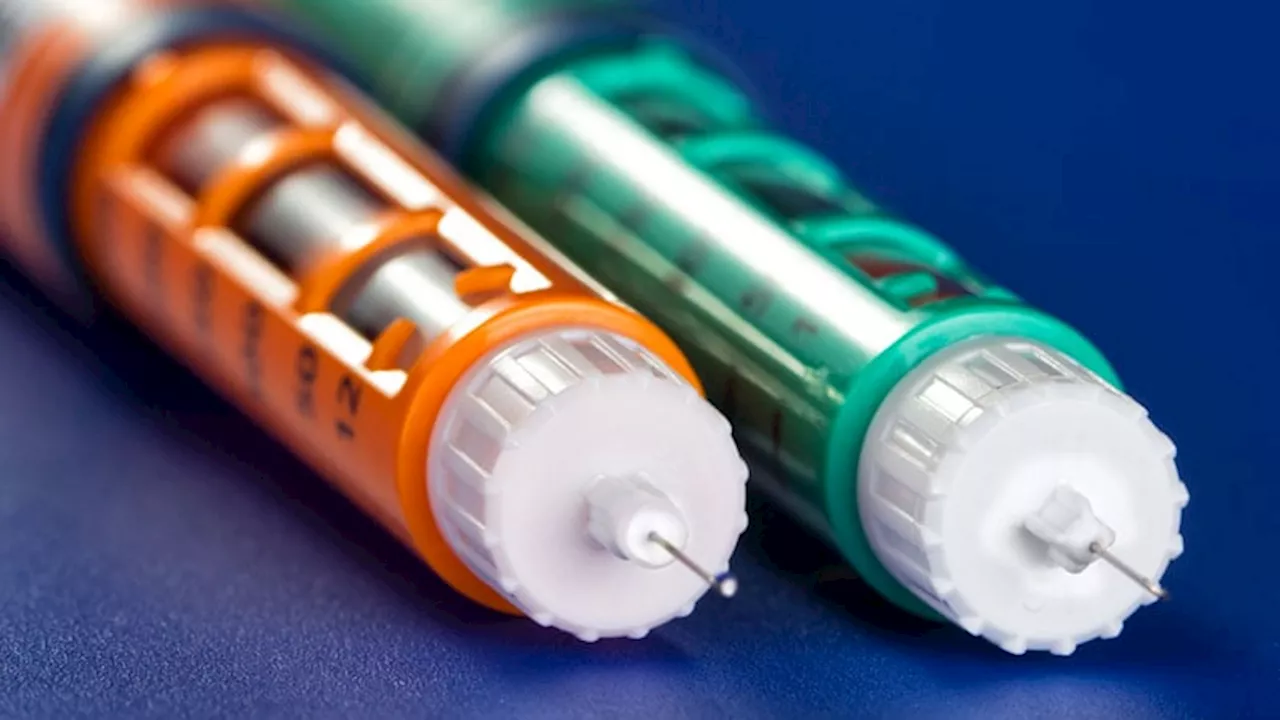 The Rise of GLP-1 Microdosing: Exploring New Uses and Potential BenefitsAs the use of GLP-1 receptor agonists increases, patients are exploring microdosing—taking lower-than-recommended doses—for a range of reasons including weight maintenance, metabolic health improvements, anti-inflammatory effects, and cost reduction. While proponents highlight its benefits, critics raise concerns about the lack of research, potential contamination, and the uncertainty surrounding compounded GLP-1 formulations.
The Rise of GLP-1 Microdosing: Exploring New Uses and Potential BenefitsAs the use of GLP-1 receptor agonists increases, patients are exploring microdosing—taking lower-than-recommended doses—for a range of reasons including weight maintenance, metabolic health improvements, anti-inflammatory effects, and cost reduction. While proponents highlight its benefits, critics raise concerns about the lack of research, potential contamination, and the uncertainty surrounding compounded GLP-1 formulations.
Read more »
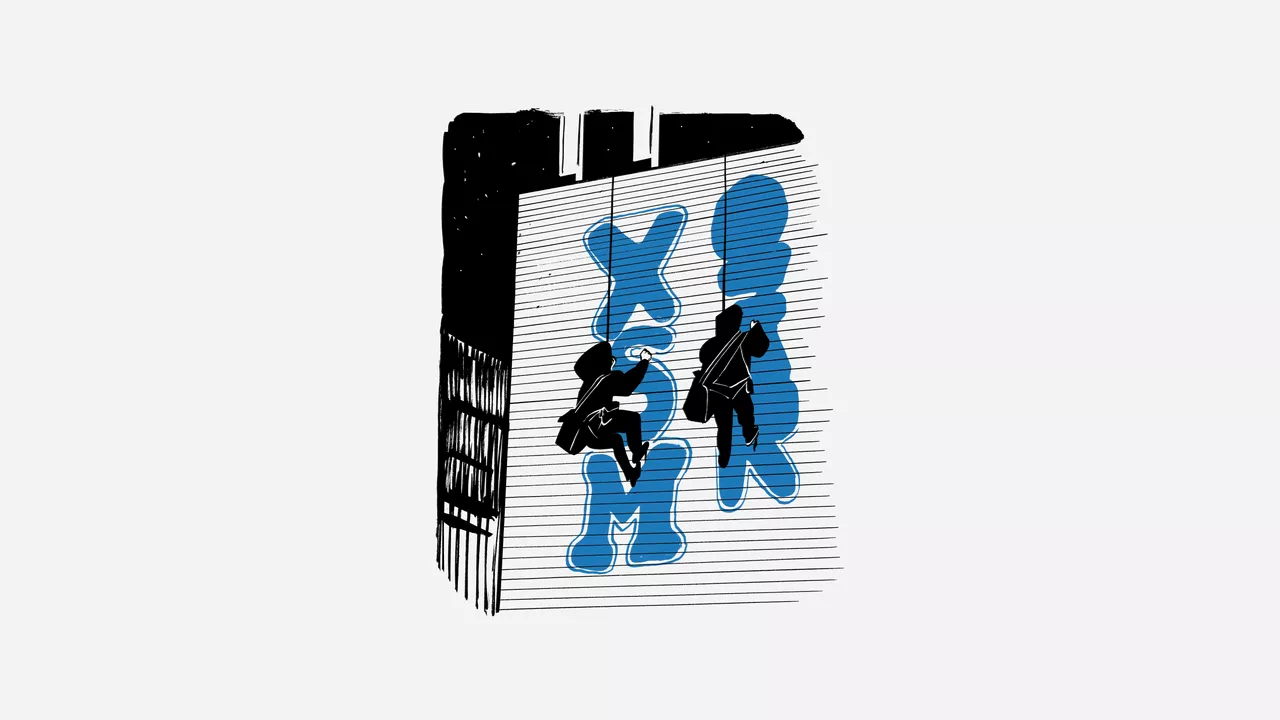 High-Rise Art: The Rise of Rope-Assisted GraffitiThis article delves into the burgeoning trend of rope-assisted graffiti in New York City, profiling two prominent practitioners, XSM and QZAR, and their daring nighttime escapades. It explores their motivations, techniques, and the growing community of artists who are pushing the boundaries of street art.
High-Rise Art: The Rise of Rope-Assisted GraffitiThis article delves into the burgeoning trend of rope-assisted graffiti in New York City, profiling two prominent practitioners, XSM and QZAR, and their daring nighttime escapades. It explores their motivations, techniques, and the growing community of artists who are pushing the boundaries of street art.
Read more »
 From DIY Jersey Hacks to NFL Fashion: Kristin Juszczyk's Rise and Rise of Off SeasonKristin Juszczyk's journey from repurposing jerseys into a thriving fashion brand, Off Season, exemplifies the power of persistence, creativity, and strategic collaboration.
From DIY Jersey Hacks to NFL Fashion: Kristin Juszczyk's Rise and Rise of Off SeasonKristin Juszczyk's journey from repurposing jerseys into a thriving fashion brand, Off Season, exemplifies the power of persistence, creativity, and strategic collaboration.
Read more »
 UCSD Trump Tariff simulation: Wages would rise, but prices would rise higherAva Kershner is a Multimedia Journalist and Producer at ABC 10News.
UCSD Trump Tariff simulation: Wages would rise, but prices would rise higherAva Kershner is a Multimedia Journalist and Producer at ABC 10News.
Read more »
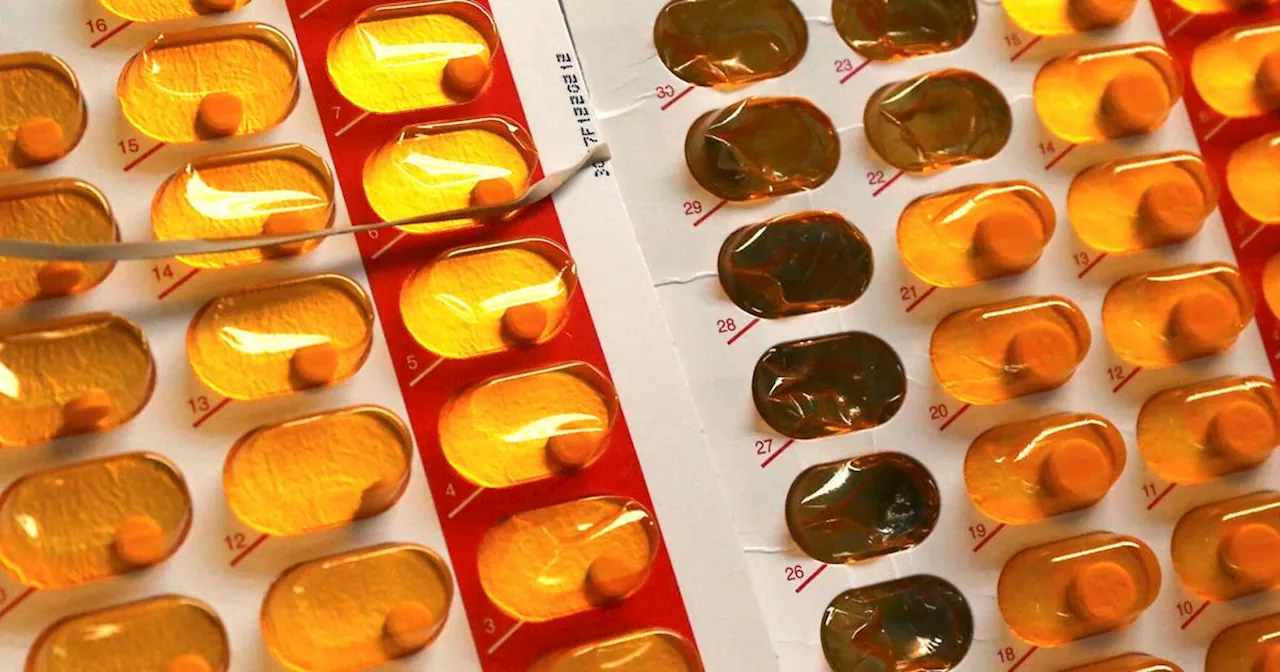 Microdosing for Opioid Addiction May Not Be as Effective as ThoughtA new study published in JAMA Network Open found that only 34% of patients receiving low doses of buprenorphine over a few days were able to successfully transition to a full dose. Microdosing, a method used to minimize withdrawal symptoms, has been increasingly popular as the opioid crisis worsened, but this research suggests it may not be as effective as previously believed.
Microdosing for Opioid Addiction May Not Be as Effective as ThoughtA new study published in JAMA Network Open found that only 34% of patients receiving low doses of buprenorphine over a few days were able to successfully transition to a full dose. Microdosing, a method used to minimize withdrawal symptoms, has been increasingly popular as the opioid crisis worsened, but this research suggests it may not be as effective as previously believed.
Read more »
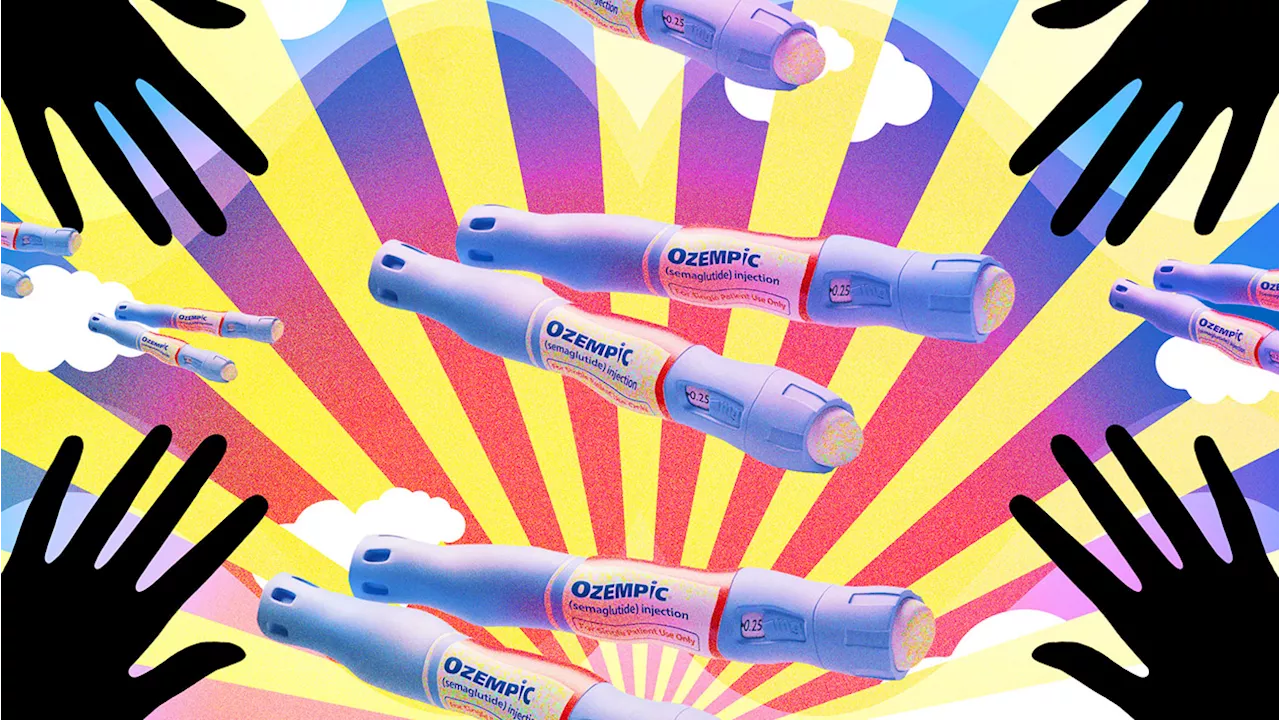 Microdosing the Diabetes Drug Semaglutide for Health BenefitsThis article explores the rising trend of microdosing semaglutide, a diabetes drug, for its purported non-weight loss benefits like reduced inflammation, improved mental clarity, and reduced risk of neurodegenerative diseases. The article highlights anecdotal evidence from individuals and medical professionals, discussing the drug's potential impact on various health conditions.
Microdosing the Diabetes Drug Semaglutide for Health BenefitsThis article explores the rising trend of microdosing semaglutide, a diabetes drug, for its purported non-weight loss benefits like reduced inflammation, improved mental clarity, and reduced risk of neurodegenerative diseases. The article highlights anecdotal evidence from individuals and medical professionals, discussing the drug's potential impact on various health conditions.
Read more »
